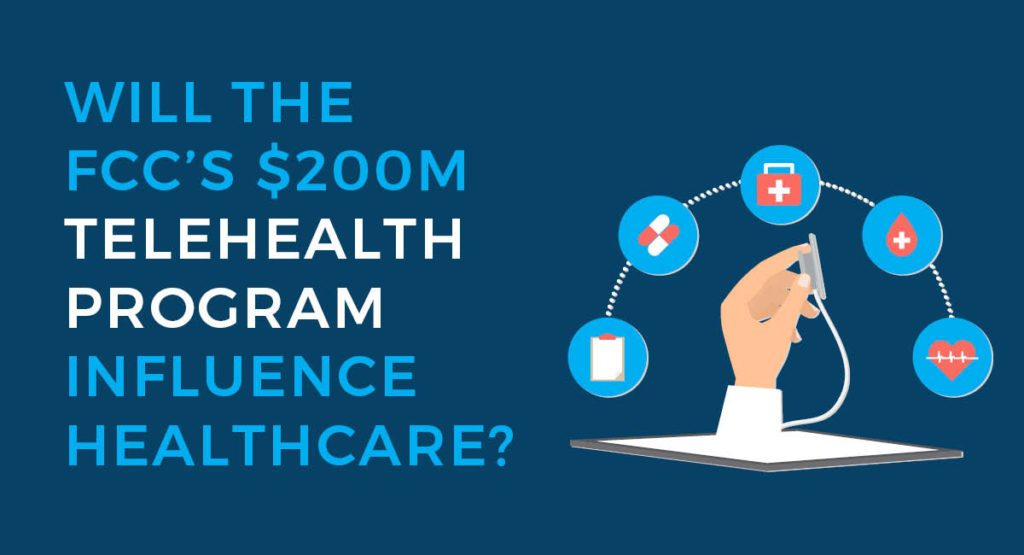
By: Jamion Nash
Many of us involved in the healthcare industry know that telehealth is a growing and necessary service for healthcare providers during the COVID-19 Pandemic, but how does it work and what are the impacts?
What is Telehealth?
Telehealth is a collection of means or methods for enhancing health care, public health, and health education delivery and support using telecommunications technologies. “Telemedicine” is often still used when referring to traditional clinical diagnosis and monitoring delivered by technology. However, the term “telehealth” is now more commonly used as it describes the wide range of diagnosis and management, education, and other related fields of health care, according to the Public Health Institute.
How is Telehealth Changing Healthcare?
The current Federal and state “stay at home” orders have created a significant opportunity for telemedicine companies to serve an entirely new market. Previously, Medicare had strict requirements for telehealth, generally not allowing patients to receive telehealth services in their home. Under a recent waiver, Medicare now pays for telemedicine at the same rate as in-person visits. Private insurance companies are also waiving copays for telemedicine for many members until at least June.
This shift to virtual care has been on the horizon for some time, but the impact of COVID-19 accelerated Telehealth to become more useful than imagined. With the goal of maintaining patient care, physicians can now monitor patients in their homes without visiting a clinical location. Given the improved convenience for both doctors and patients, all parties are taking a liking to this new method of care. Virtual care is expected to have a lasting impact on all of our lives, leading to more efficient and accessible health care.
Embracing this initiative, Medical City Healthcare, a Dallas, TX based health system, recently deployed more than 650 tech devices to expand Telehealth visits across its network. The organization’s emergency department can also conduct virtual patient visits, which conserves PPE. It’s been reported that “telehealth triage saves two staff members per patient from going into the room, which conservatively translates into 60 donning and doffing sessions per day – saving 420 sets of PPE per week, per facility.”
Because telehealth has emerged as a critical service for healthcare providers and patients alike during the coronavirus pandemic, the FCC has issued funding to further support the safety of healthcare professionals and patients. This will help ensure patients can receive high-quality care without leaving their homes, promoting social distancing and allowing health care facilities to conserve space for those who need it most.
How is the FCC Supporting Telehealth?
The FCC’s COVID-19 Telehealth Program will provide $200 million in funding, appropriated by Congress as part of the Coronavirus Aid, Relief, and Economic Security (CARES) Act, to help health care providers. The program’s objective is to facilitate connected care services to patient at their homes or mobile locations in response to the novel Coronavirus 2019 disease (COVID-19) pandemic. The initiative provides immediate support to eligible healthcare providers responding to the COVID-19 pandemic. Funds will cover implementation of telecommunications services, information services, and devices necessary to provide critical connected care services until the program’s funds have been expended or the COVID-19 pandemic has ended. If you believe your practice could benefit from the Telehealth Program, please view the link below for instructions to apply.
https://www.fcc.gov/covid-19-telehealth-program
How will Telehealth Impact Healthcare Real Estate?
With COVID-19 driving advances in healthcare, patients are able to participate in routine checkups and procedures from home. As this practice is more permanently adopted, we can anticipate fewer office visits for such services, changing the way practices think about space utilization and office overhead. Although technology will not completely replace brick-and-mortar facilities, virtual care has the potential to greatly disrupt how care is delivered.
